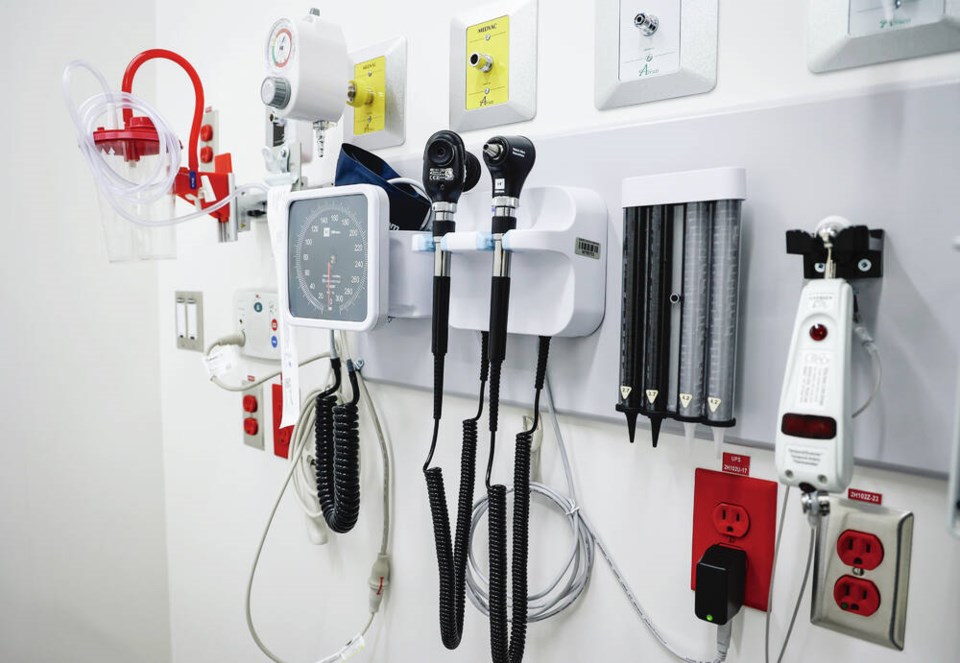Some momentary good news, at last, on the health-care front. At their recent meeting in Prince Edward Island, all 13 territorial and provincial health ministers, along with their federal counterpart, reached a series of important decisions.
First, they agreed to introduce one nationwide system for licensing doctors and nurses. Currently each province employs its own licensure process, which limits portability and erects needless barriers.
Establishing a unified system for doctors will begin immediately, with a follow-on for nurses over the next year or two.
Second, the health ministers pledged their unanimous opposition to a scheme being floated by the College of Family Physicians of sa国际传媒. The College wishes to extend the residency period for family physicians to three years from two.
Residency is a post-graduate training program in which family doctors, on leaving medical school, spend two years gaining on-the-job experience in various clinical settings.
While it’s true that family practice has become more complex in recent years, the health ministers were clear. When the country is starved for family doctors, now is not the time to lengthen their training program.
Third, steps will be taken to simplify the entry procedure for foreign-trained physicians who wish to practise in sa国际传媒. Among other measures, developing a standard, country-wide licensure will help attract Canadian-born doctors who have studied abroad and wish to return home.
That it took this long to make what might be considered the most basic of reforms remains a concern. Much more needs to be done to improve the training and retention of caregivers. But these are at least important first steps.
As ever, though, there is bad news as well.
sa国际传媒’s Parliamentary Budget Officer now says implementing a national Pharmacare plan of the sort promised by the federal Liberals will cost the country an additional $11.2 billion in the first year, rising to $13.4 billion in year four.
Those costs come from replacing private drug coverage, most of it work-based, with a public plan.
Yves Giroux sees the possibility of some limited savings, perhaps in the region of one or two billion. But even this seems unlikely.
The savings estimate is based on the supposition that centralizing price negotiations will lead to better deals. But past history has shown such assumptions rarely work out.
Nevertheless, Prime Minister Justin Trudeau has promised to table legislation establishing a national drug program this fall. He is doing so, in part, because the NDP’s Jagmeet Singh has made this a condition of continuing to prop up Trudeau’s government.
Naturally such a program would be welcome, if the resources could be found. But how can they?
In a separate report, Giroux puts the federal deficit for the current year at an unheard-of $46.5 billion, or 10 per cent of the total budget.
That’s $8 billion worse than last year, due to what Giroux calls a “stagnating” economy.
Just as our health ministers are promising to get their priorities in order, and do some serious managing, the financial ground is being cut out from beneath their feet.
To put that in context, if a national drug plan were introduced, sa国际传媒’s Health Ministry might have to find $1 billion yearly as its share of the cost. Which existing programs, already stretched to the limit, would have to be sacrificed?
The inability of Trudeau and Singh to come to terms with how desperate the health-care crisis has become, and cut their cloth accordingly, is part and parcel of the larger scene.
For while our health ministers took some limited steps forward, more broadly our political leaders are out of touch with the reality on hospital wards across the country.
>>> To comment on this article, write a letter to the editor: [email protected]



